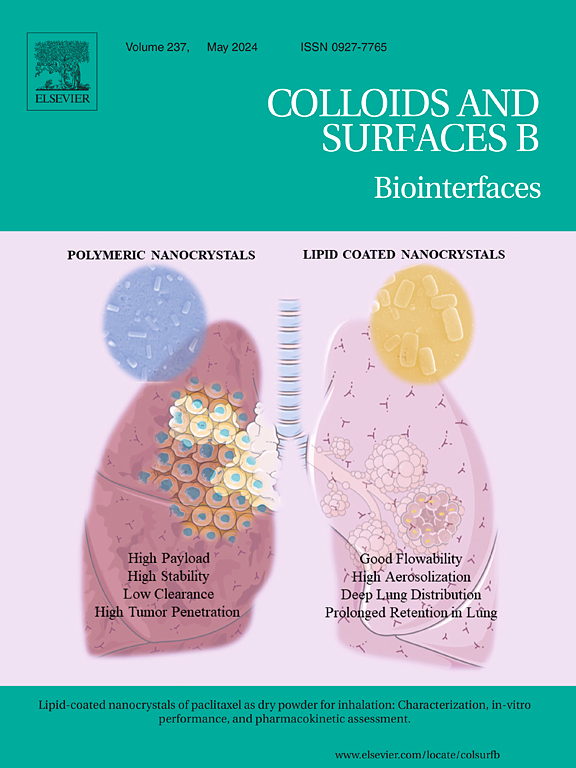Advances in nanoplatform-based multimodal combination therapy activating STING pathway for enhanced anti-tumor immunotherapy
IF 5.4
2区 医学
Q1 BIOPHYSICS
引用次数: 0
Abstract
Activation of the cyclic GMP-AMP synthase(cGAS)-stimulator of interferon genes (STING) has great potential to promote antitumor immunity. As a major effector of the cell to sense and respond to the aberrant presence of cytoplasmic double-stranded DNA (dsDNA), inducing the expression and secretion of type I interferons (IFN) and STING, cGAS-STING signaling pathway establishes an effective natural immune response, which is one of the fundamental mechanisms of host defense in organisms. In addition to the release of heterologous DNA due to pathogen invasion and replication, mitochondrial damage and massive cell death can also cause abnormal leakage of the body's own dsDNA, which is then recognized by the DNA receptor cGAS and activates the cGAS-STING signaling pathway. However, small molecule STING agonists suffer from rapid excretion, low bioavailability, non-specificity and adverse effects, which limits their therapeutic efficacy and in vivo application. Various types of nano-delivery systems, on the other hand, make use of the different unique structures and surface modifications of nanoparticles to circumvent the defects of small molecule STING agonists such as fast metabolism and low bioavailability. Also, the nanoparticles are precisely directed to the focal site, with their own appropriate particle size combined with the characteristics of passive or active targeting. Herein, combined with the cGAS-STING pathway to activate the immune system and kill tumor tissues directly or indirectly, which help maximize the use of the functions of chemotherapy, photothermal therapy(PTT), chemodynamic therapy(CDT), and radiotherapy(RT). In this review, we will discuss the mechanism of action of the cGAS-STING pathway and introduce nanoparticle-mediated tumor combination therapy based on the STING pathway. Collectively, the effective multimodal nanoplatform, which can activate cGAS-STING pathway for enhanced anti-tumor immunotherapy, has promising avenue clinical applications for cancer treatment.
求助全文
约1分钟内获得全文
求助全文
来源期刊

Colloids and Surfaces B: Biointerfaces
生物-材料科学:生物材料
CiteScore
11.10
自引率
3.40%
发文量
730
审稿时长
42 days
期刊介绍:
Colloids and Surfaces B: Biointerfaces is an international journal devoted to fundamental and applied research on colloid and interfacial phenomena in relation to systems of biological origin, having particular relevance to the medical, pharmaceutical, biotechnological, food and cosmetic fields.
Submissions that: (1) deal solely with biological phenomena and do not describe the physico-chemical or colloid-chemical background and/or mechanism of the phenomena, and (2) deal solely with colloid/interfacial phenomena and do not have appropriate biological content or relevance, are outside the scope of the journal and will not be considered for publication.
The journal publishes regular research papers, reviews, short communications and invited perspective articles, called BioInterface Perspectives. The BioInterface Perspective provide researchers the opportunity to review their own work, as well as provide insight into the work of others that inspired and influenced the author. Regular articles should have a maximum total length of 6,000 words. In addition, a (combined) maximum of 8 normal-sized figures and/or tables is allowed (so for instance 3 tables and 5 figures). For multiple-panel figures each set of two panels equates to one figure. Short communications should not exceed half of the above. It is required to give on the article cover page a short statistical summary of the article listing the total number of words and tables/figures.
 求助内容:
求助内容: 应助结果提醒方式:
应助结果提醒方式:


